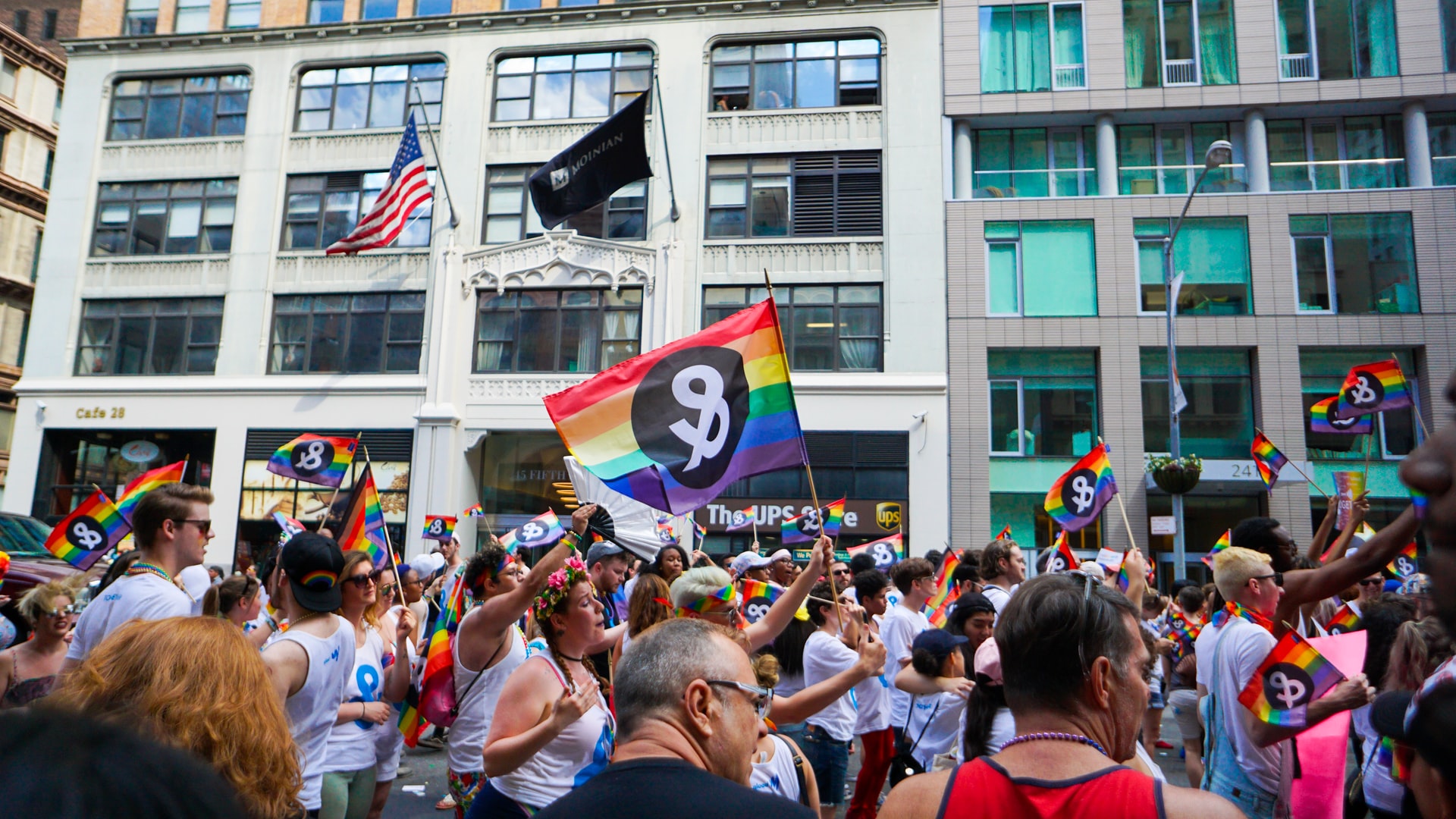LGBTQ+ Community And Mental HealthLGBTQ+ Community And Mental Health

Everyone has a sexual orientation and gender identity. Sexual orientation is what attracts you romantically or physically. Gender identity is the inner feeling of being male, female, both or neither, separate from your biological gender. People with a different sexual orientation or gender identity than most people fall under the generic term LGBTQ +. It’s important to know that identifying as LGBTQ + is NOT a mental illness or disorder.
Although LGBTQ + is not a mental illness at all, many LGBTQ + people experience mental health problems. The bisexual and transgender communities have the highest rates of mental health problems among the LGBTQ + population. Younger members of the LGBTQ + community struggle the hardest with mental health issues of all ages.
Most LGBTQ + people are very resilient and will thrive despite their hardships with the help of family, community, and supportive peers. One study even found that LGBTQ + people used 2.5 times more psychiatric services than their “real” counterparts. [1] However, they are also at risk of experiencing shame, fear, discrimination, and bad and traumatic events.
In addition, many people who identify as LGBTQ + are part of a second (and sometimes third or more) community that is being marginalized. Examples of this group are BIPOC (Black, Original or Color), persons with physical disabilities, people who adhere to religions other than their neighbors, and people with low socioeconomic status. These people have complex experiences that cannot easily be handled in one area of their life.
There are many negative stereotypes about being LGBTQ + that make a lot of people feel uncomfortable and allow people to know an important part of their identity. When people openly reveal this part of themselves, they are rejected by their co-workers, coworkers, and friends, which can exacerbate feelings of loneliness.
Settings
The majority of LGBTQ + groups reported that they or LGBTQ + friends or family members were sexually threatened or not harassed (57 percent), had been sexually harassed (51 percent) or had experienced violence because of their sexuality or gender (51 percent) identity.
Fifty-nine percent of people with LGBTQ + believe they have fewer job opportunities and 50 percent believe they are paid less than non-LGBTQ + people.
38 percent of transgender people said they had been offended, and 28 percent had received insensitive or offensive comments because of their gender identity or sexual orientation.
22 percent of transgender people say they avoid doctors or healthcare providers who we fear will be discriminated against.
Distribution
LGBTQ + adolescents are six times more likely to experience depressive symptoms than adolescents who fail to identify as LGBTQ +.
LGBTQ + teens are twice as likely to feel suicidal and more than four times more likely to attempt suicide than heterosexual teens.
Forty-eight percent of transgender adults say they have thought about suicide in the past year, compared with 4 percent of the total US population.
Access / insurance
In a study of LGBTQ + people, more than half of respondents said they had encountered a provider who refused to provide care, used offensive language, or blamed the patient’s sexual orientation or gender identity for the disease. Fear of discrimination can lead some people to hide their sexual orientation or gender identity from providers or not seek treatment at all.